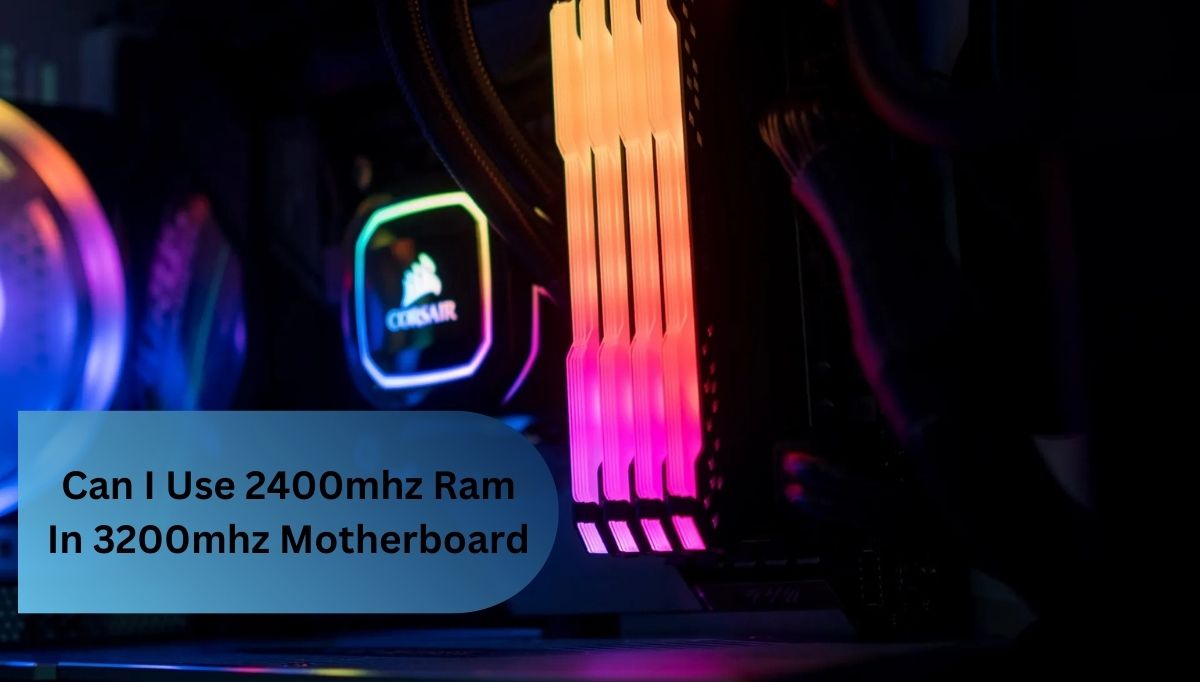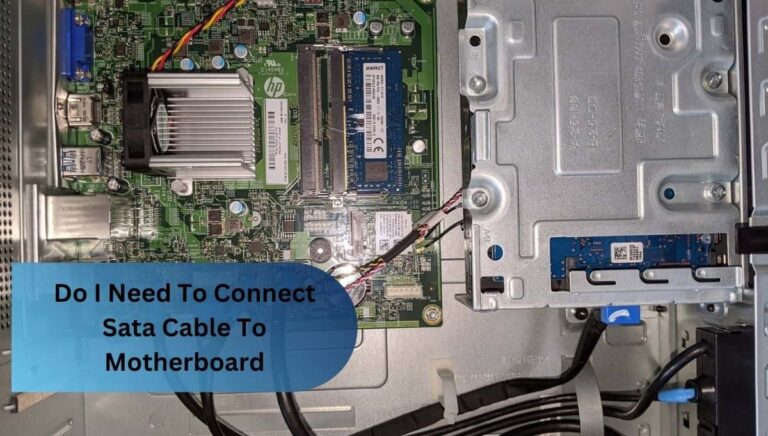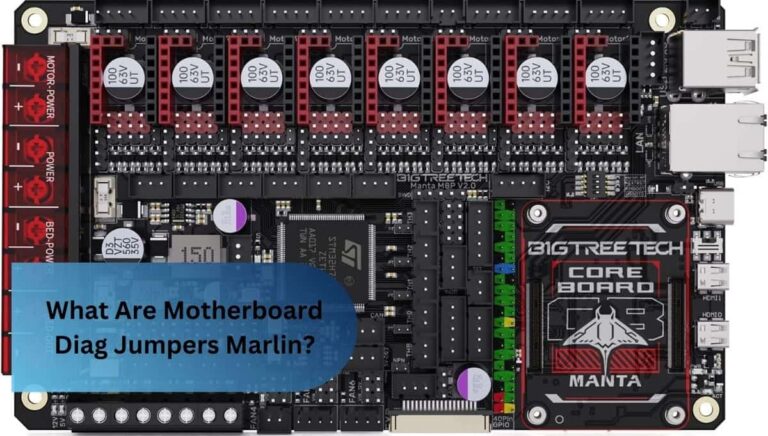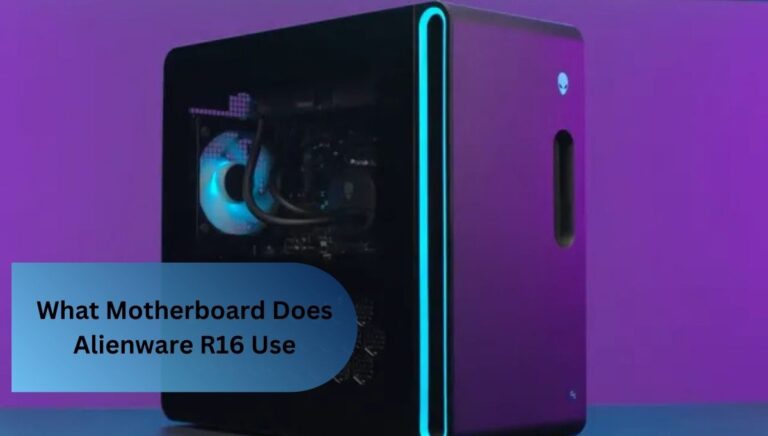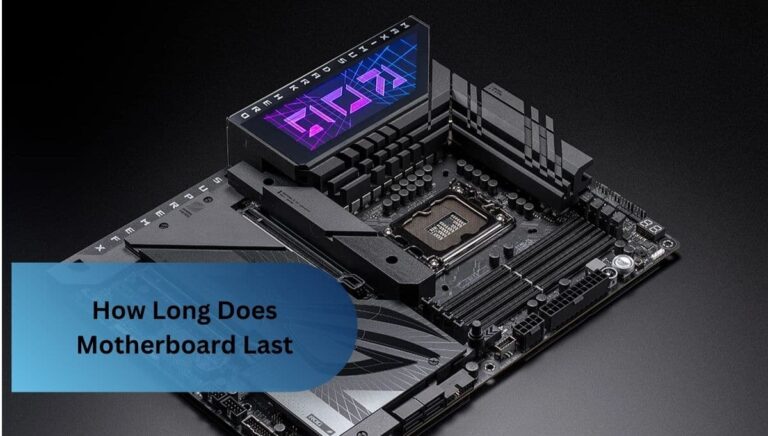Can I Use 2400mhz Ram In 3200mhz Motherboard – A Complete Guide!
Yes, I’ve used 2400 MHz RAM on a 3200 MHz motherboard, and it worked without issues but ran at 2400 MHz. The motherboard simply adjusted to the slower speed, and everything functioned smoothly.
Yes, 2400 MHz RAM works on a 3200 MHz motherboard but runs at 2400 MHz. The system adjusts to the RAM’s speed automatically without problems.
In this article, we discussed how 2400MHz RAM works in a 3200MHz motherboard, noting that the system will automatically adjust to the slower speed. We also explored potential performance impacts and options for upgrading or tweaking settings to optimize your setup.
Introduction Can I Use 2400mhz Ram In 3200mhz Motherboard
When considering the question, “Can I Use 2400mhz Ram In 3200mhz Motherboard,” the answer lies in compatibility and adaptability. A 3200 MHz motherboard can accommodate 2400 MHz RAM, but the performance will be capped at the RAM’s maximum speed of 2400 MHz.
This means, even though the motherboard supports higher speeds, the slower RAM dictates the pace. The query, “Can I Use 2400mhz Ram In 3200mhz Motherboard,” highlights how systems adjust to their components, ensuring functionality despite mismatched speeds. So, to answer, “Can I Use 2400mhz Ram In 3200mhz Motherboard,” yes, but the system will always operate at the lower speed.
Overview Of Motherboard Compatibility
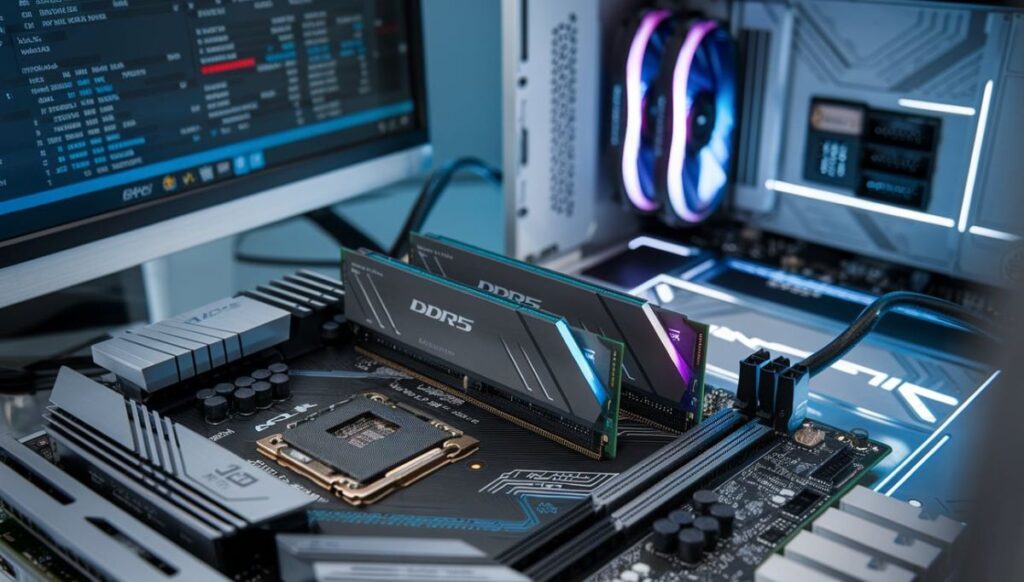
- Memory Speed Support: Motherboards are designed to handle specific RAM speeds but can adjust to slower modules if necessary.
- Socket and Form Factor: The RAM must physically fit into the motherboard’s slots, such as DDR3, DDR4, or DDR5.
- Processor Limitations: Compatibility is also influenced by the processor, which may restrict the maximum speed the RAM can achieve.
- Dual-Channel Support: Using two identical RAM sticks can enhance performance if the motherboard supports dual-channel mode.
- BIOS Settings: Some motherboards allow manual adjustments in the BIOS to fine-tune RAM speeds and timings.
Understanding RAM Speeds
RAM speeds refer to how quickly your computer can read and write data to memory. Higher speeds, measured in MHz, allow for faster data transfer, which can improve performance in tasks like gaming and multitasking.
However, RAM speed compatibility depends on both the motherboard and processor. If the RAM’s speed exceeds what the system supports, it will automatically run at the highest speed supported. This ensures stable performance while adapting to the system’s limitations.
Read Also: Can I Run 3200mhz Ram On 2400mhz Motherboard – A Ultimate Guide!
Risks Of Using Incompatible Ram
1. System Instability:
System instability occurs when incompatible RAM causes your computer to malfunction, leading to frequent crashes or freezes. This happens because the memory cannot properly communicate with the motherboard or processor, disrupting normal operations.
2. Failure To Boot:
Failure to boot happens when the RAM is not compatible with the motherboard or processor, preventing the system from starting. The computer may display error codes or remain stuck in a boot loop, leaving it unusable until compatible RAM is installed.
3. Performance Limitations:
When using incompatible RAM, your system may not reach its full potential, causing slower data transfer speeds. This performance limitation occurs because the system adjusts to the lowest common denominator, preventing the RAM from performing at its maximum capacity.
4. Hardware Damage Risks:
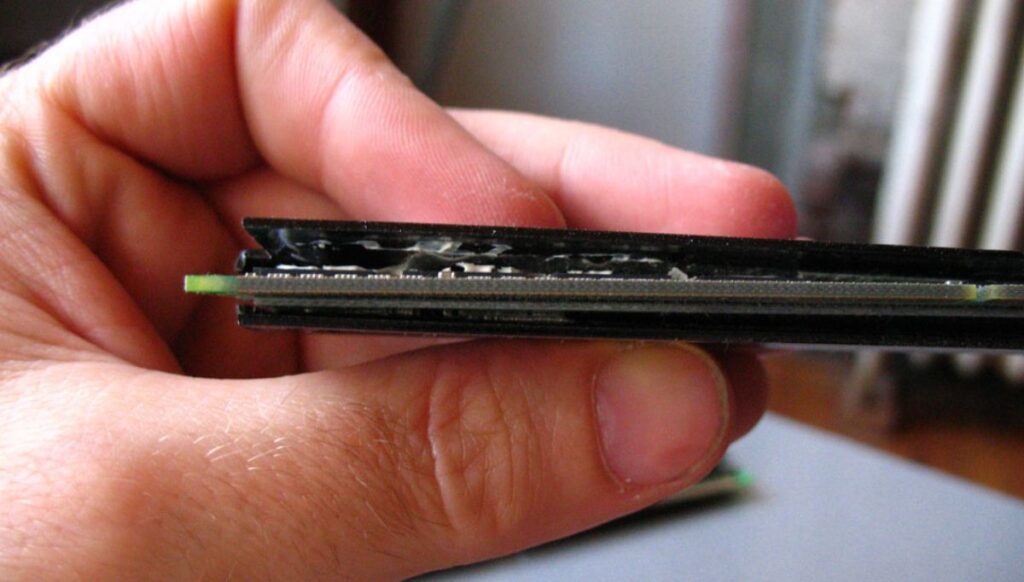
Using incompatible RAM, especially when pushing it beyond supported speeds, can potentially damage your motherboard or the RAM itself. In extreme cases, this could result in permanent hardware failure if the system is constantly forced to operate outside its specifications.
5. Inability To Upgrade:
Incompatibility with RAM can prevent you from fully upgrading your system, as mismatched memory may restrict performance and future expansion. This could limit your ability to take advantage of faster RAM or higher capacity options down the line.
Bios Settings And Adjustments
- Memory Frequency Adjustments: BIOS allows you to manually adjust the RAM speed, enabling you to overclock or underclock based on your system’s capabilities.
- Timings and Latencies: You can tweak memory timings in BIOS to improve performance, though this requires understanding of how different settings affect stability.
- XMP Profiles: Many motherboards support XMP (Extreme Memory Profile), which automatically adjusts settings for optimal memory performance.
- Voltage Control: Some BIOS versions let you adjust the memory voltage to match specific RAM requirements for better stability or overclocking.
- Auto vs Manual Settings: While most motherboards use automatic settings for compatibility, manual adjustments in BIOS can allow for more tailored and higher-performing memory configurations.
Can You Use 2400mhz Ram In A 3200mhz Motherboard?
1. Compatibility Between 2400MHz RAM and 3200MHz Motherboard:
- Supported by Both Components: 2400MHz RAM will work in a 3200MHz motherboard, as motherboards are backward compatible with slower memory speeds.
- Automatic Adjustment: The system will automatically adjust the RAM speed to 2400MHz, the maximum speed of the RAM module.
- No Installation Issues: There are no major installation issues, as the RAM will fit into the motherboard slots without any problems.
- Processor Constraints: The processor may also limit memory speeds, so even with a 3200MHz motherboard, the RAM will run at the lower speed.
- Stable Performance: The setup will still function without instability, as long as the RAM and motherboard are compatible in other ways.
2. Impact on Performance:
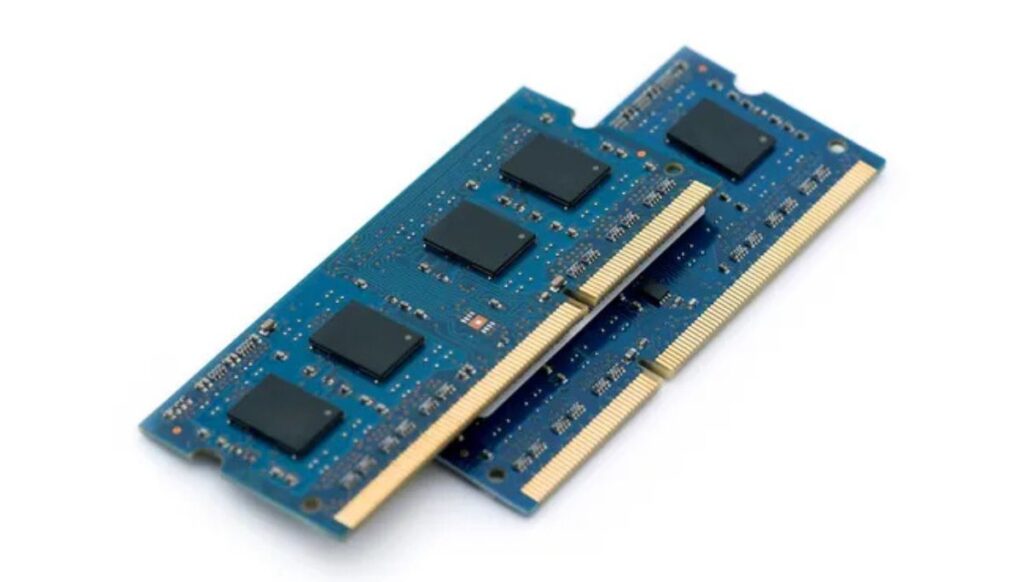
Using 2400MHz RAM in a 3200MHz motherboard means your system won’t reach its full potential, as the RAM will run at the slower speed. This limits performance gains, especially in memory-intensive tasks.
3. System Stability:
System stability is maintained when using 2400MHz RAM in a 3200MHz motherboard, as the motherboard automatically adjusts to the slower speed. This ensures smooth operation without crashes or errors, even with mismatched memory speeds.
4. Future Upgrades:
Future upgrades may be limited if your current RAM doesn’t match the motherboard’s maximum supported speed. To unlock better performance and compatibility, it’s best to choose RAM that aligns with the motherboard’s capabilities.
5. Manual Adjustments in BIOS:
- Overclocking RAM: In BIOS, you can manually adjust the memory settings to overclock RAM, allowing it to run at higher speeds than its default.
- XMP Profiles: Enabling XMP (Extreme Memory Profile) in BIOS automatically adjusts RAM to its rated speed and settings for better performance.
- Timing Adjustments: You can tweak the memory timings in BIOS to improve speed or stability, although this requires careful tuning.
- Voltage Tweaks: BIOS allows you to modify the RAM voltage to ensure stability, especially when overclocking or using higher-performance modules.
- Memory Compatibility Settings: BIOS can automatically or manually adjust settings to ensure different RAM sticks work together without conflicts.
Alternative Solutions
If you’re facing limitations with incompatible RAM, there are alternative solutions to improve your system’s performance. Instead of upgrading all components, consider adjusting settings in the BIOS or using compatible RAM that matches your motherboard’s specifications. This way, you can balance performance without needing a full overhaul.
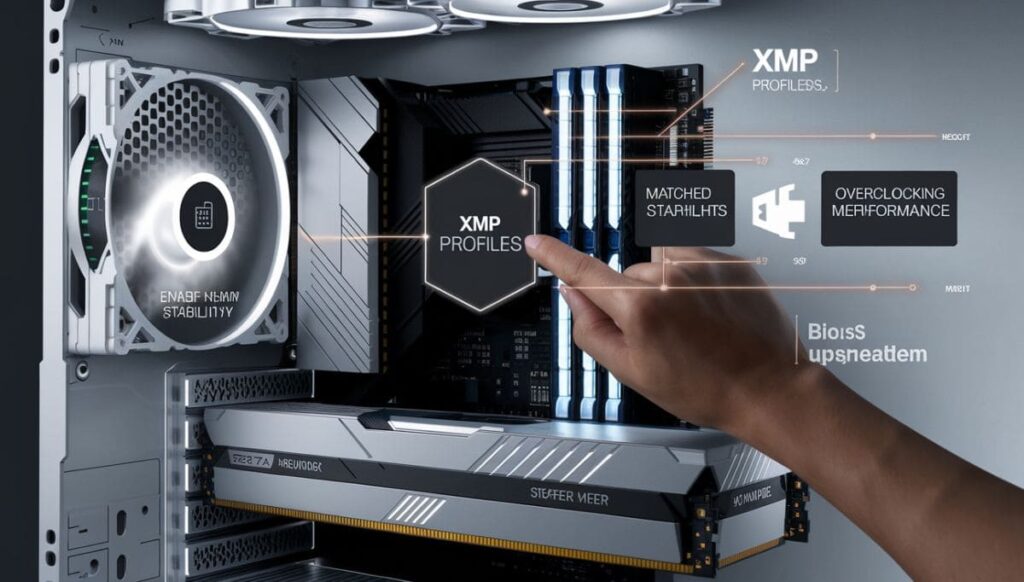
- Enable XMP Profiles: Automatically optimize RAM settings for better performance without manual adjustments.
- Use Matching RAM Modules: Ensure all RAM sticks are of the same speed and capacity for better system stability.
- Overclocking: If your motherboard supports it, you can overclock the RAM to push its limits, though this requires careful monitoring.
- Upgrade Other Components: Sometimes upgrading your processor or motherboard may unlock support for faster memory speeds.
- Use RAM Speed Enhancers: Software tools can help optimize performance based on your system’s current configuration.
FAQ’s
1. Will the system perform slower with 2400MHz RAM on a 3200MHz motherboard?
The system will run at 2400MHz, so you won’t fully utilize the 3200MHz potential of the motherboard. However, it will still function properly without causing instability.
2. Can I increase the RAM speed in BIOS?
You can try adjusting settings in the BIOS, such as enabling XMP profiles, but the RAM will still be limited to its rated speed of 2400MHz.
3. Will using slower RAM affect my system stability?
No, using slower RAM should not affect your system’s stability, as long as the RAM is compatible with your motherboard.
4. Is it worth upgrading to faster RAM?
If you’re looking for better performance, upgrading to RAM that matches your motherboard’s supported speed of 3200MHz will help unlock the full potential of your system.
5. Does my processor affect RAM speed compatibility?
Yes, the maximum RAM speed can be limited by your processor. The maximum speed at which the RAM can operate is 2400 MHz if your processor can only handle that amount of data.
Conclusion:
You can definitely use 2400MHz RAM in a 3200MHz motherboard, but it will only perform at the 2400MHz speed, as that’s the maximum the RAM supports. While your motherboard can handle faster speeds, the system will automatically adjust to the slower RAM without causing any issues.
If you want to unlock your system’s full potential, consider upgrading to RAM that matches the motherboard’s supported speed.
Read More:
